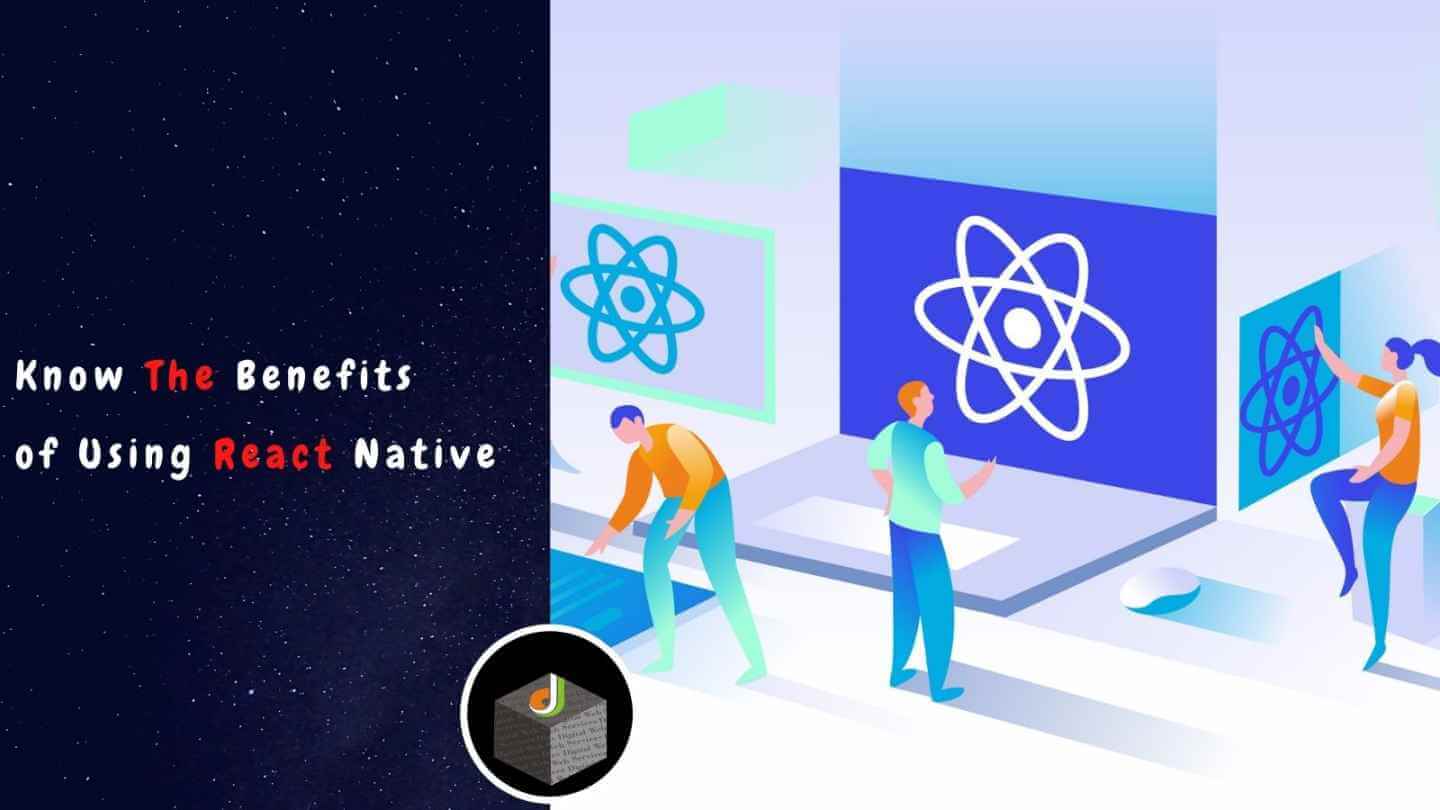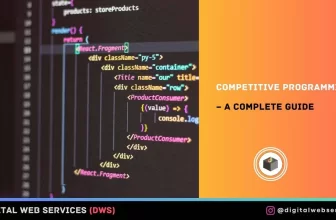
With Android and iOS applications becoming increasingly popular, businesses are investing in developing apps for both platforms in order to reach a much larger audience. As a result, the majority of developers are increasingly preferring cross-platform app development over entirely native app development.
The reason? For developing a native app, a developer has to invest a larger amount of time in creating separate apps for Android and iOS platforms, which results in longer and more complex development processes and higher development costs. Cross-platform app development allows you to design apps for iOS and Android using the same codebase, saving time and money.
React Native, a cross-platform framework, is quickly becoming an increasingly popular mobile development solution. Besides React charts and graphs such as area, bar, donut, line, Marimekko, radar, stock charts, and 100+ additional charts and 2000+ maps can be added to Android and iOS applications by developers using FusionCharts React Native component, Developers can create mobile-friendly, interactive charts that feature zooming, panning, APIs, animation, drill-downs, real-time updates, and even complete chart and dashboard exporting.
It also includes event support for touch, swipe, and other gestures, allowing you to make your charts more dynamic at any stage of the application’s lifecycle. In this article, we will delve deeper into the benefits of React Native framework.
It Allows You to Incorporate Changes in Real-Time
To understand this benefit, you need to understand two concepts: Live Reloading and Hot Reloading. Live reloading is a tool that helps compile and read the file where a developer has made changes. It also offers the stimulator a new file that automatically reads the app from the beginning.
On the other hand, hot reloading is based on Hot Module Replacement (HMR). The Hot Module Replacement intermediator puts the updated files into a specific place. It does so even if the app is running, allowing modification of the source code without app recompilation to view the codes. It is something that makes the entire process convenient for developers.
To simplify it, if you have many windows open, with one window having the code and another having the app screen, you can see the changes instantly, allowing you to make changes in real-time.
It Allows you to Make App Updates Faster
Instead of spending time creating a different app for Android and iOS, you can use React Native development services to make an app on both platforms. You might wonder, how can you achieve this? With React Native, 95% of the codebase can be shared, drastically reducing the time and effort spent to make the apps.
Additionally, updates to the app can be implemented via over-the-air (OTA) updates. These updates can be implemented when users are using the app. Hence, the next time the user opens the app, the updated version is already waiting for them.
It Allows You to Build an App That Works Optimally
One of the advantages of React Native development services is that it enables apps to run optimally. It does so through its native modules and controls. React Native interacts with the native components of Android and iOS and generates codes to the native APIs. As the framework uses a distinct thread, separate from native APIs and UIs, the apps have enhanced performance while running.
Additionally, the programming language used in React Native is made optimal for mobile devices. The apps also use the graphics processing unit (GPU) and the central processing unit (CPU). It is something that makes apps built on React Native faster than cross-platform hybrid technologies. All these features ensure that the apps built using React Native app development services work at optimal performance.
It Allows You to Reuse Your Code
A feature that makes React Native app development services so popular is code reusability. It might surprise you to learn that developers can reuse 90% of their code to create apps on iOS and Android.
Another silver lining is that if a business already has an app in React Native, it can use the existing code to create a new application. The pre-developed components present in the open-source library allow the developers to access codes freely.
This has two additional advantages. The first is that you reduce the time spent creating a new app. The second is that you save money while creating a new app. In this way, you save precious resources instead of exhausting them.
It Allows You to Rely on Strong Community Support
As a developer, you can rest assured that React Native development services are strongly community-driven. You can find a lot of examples in this community while developing your app. You can also find advice when you are seeking guidance while developing your app. By checking communities like the GitHub React Native Community and the Reactiflux Chat, you can find all the answers to your questions on a single platform.
If you are wondering why React Native has such a strong community, all you need to do is look at its history. The React Native framework was started to respond to the needs of the developer community. It provided a mobile alternative combining mobile app development and the power of the native React environment. The current framework, hence, is strongly supported by the developer community.
It Allows you to Have a flexible App-Building Process
Suppose you are building an app, and suddenly someone else needs to take over. Normally that would pose a problem, but not when you are using React Native. When using React Native app development services, its modular architecture allows for a flexible app-building process.
A modular architecture program can be divided into free, interchangeable blocks known as modules, which adds to the app flexibility. Developers can upgrade the apps with ease due to this modular architecture as they can use each other’s projects whenever the need arises. It also makes team collaboration seamless due to the ease of update sharing across the app, ensuring everyone is on the same page.
With this host of benefits offered by a single framework, you can build apps faster, conveniently, and can save resources. You can also build apps that work better and can be updated in real-time. So the next time you are looking to build an app, you know what framework you should be on the lookout for.
Digital Web Services (DWS) is a leading IT company specializing in Software Development, Web Application Development, Website Designing, and Digital Marketing. Here are providing all kinds of services and solutions for the digital transformation of any business and website.










